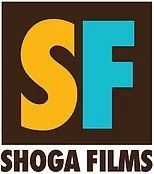Gay Dean of the Harlem Renaissance
If asked to identify the most prominent gay member of the Harlem Renaissance, those who are deeply familiar with the subject might respond "Richard Bruce Nugent" based on his sensationally scandalous prose poem, "Smoke, Lilies and Jade" published in 1926. Far more prominent -- and visibly effeminate -- was Alain Locke, America's first Black Rhodes Scholar, Howard professor of philosophy, cultural critic and the most prominent of the Black publicists of the Harlem Renaissance.
Locke's best-known achievement was collecting the material for and editing The New Negro: An Interpretation (1925) which announced the arrival of African Americans onto the literary, cultural and intellectual scene. Not only did he publish early works of major Black writers to emerge from the Renaissance, then largely young and unknown, his own introductory essay, "The New Negro," framed the place of African Americans in the country in innovative ways that immediately entered the discourse. Some of these sprang from Locke's gay sexual orientation as Jeffrey Stewart points out in his magisterial 2018 biography "The New Negro: The Life of Alain Locke."
Locke successfully labeled the burgeoning arts movement a Renaissance -- then known as the Negro Renaissance -- in full knowledge that much of the first renaissance's sensibility was homoerotic, if not overtly gay. To quote Stewart, "Locke also was sexually infatuated with young writers and wanted to make young male bodies the icons of the Negro Renaissance just as they had been idols of the Italian Renaissance." Of course others who adopted the term were not aware of its origin, but the name stuck, although later modified to the "Harlem Renaissance."
Due also to the traditional desire of the older gay man for a younger lover, Locke idealized (male) youth and did all he could to promote the careers of such young artists as Langston Hughes, Countee Cullen, Eric Walrond, and Richmond Barthé. (He was also a misogynist and at best paid lip service to the distaff side of the Renaissance with the exception of Zora Neale Hurston whose brilliance overrode her gender.) Because of his focus on youth, Locke introduced the idea of generations into the discourse about African Americans. Young people were the "new" in The New Negro, another label that stuck, although not original to Locke. Locke, however, repurposed it in a way that pointed towards new horizons in cultural achievement, giving African Americans their own agency and no longer defined by the stereotypes and strictures of white America.
Locke pursued a failed attempted romance with Langston Hughes in America and Europe. Ultimately rejected, he nonetheless came to recognize the validity of Hughes' artistic focus on Black outsiders. He made space for this in "The New Negro," a space soon populated and amplified by young queer writers.
Locke was straight-up gay, never questioning his homosexuality or masquerading as heterosexual. He provided moral support and intellectual justification for homosexuality to young men whom he felt were similarly inclined, particularly Countee Cullen, but he described himself as "paralyzingly discreet." He may have believed he was in the closet and probably was so in the public eye, but his sexual orientation was apparent to his friends and close associates. Although his homosexuality never brought personal happiness, it alienated him sufficiently from the crushingly masculinist writing and ideology of the older generation (particularly W.E.B. DuBois) to seed new possibilities for Black identity.
Recent Posts
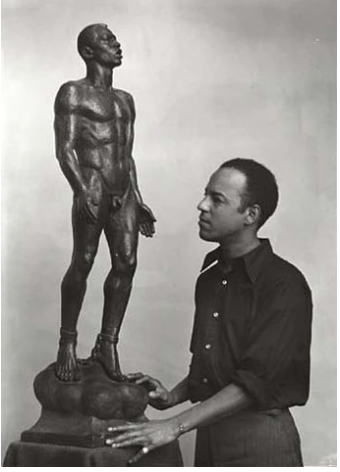
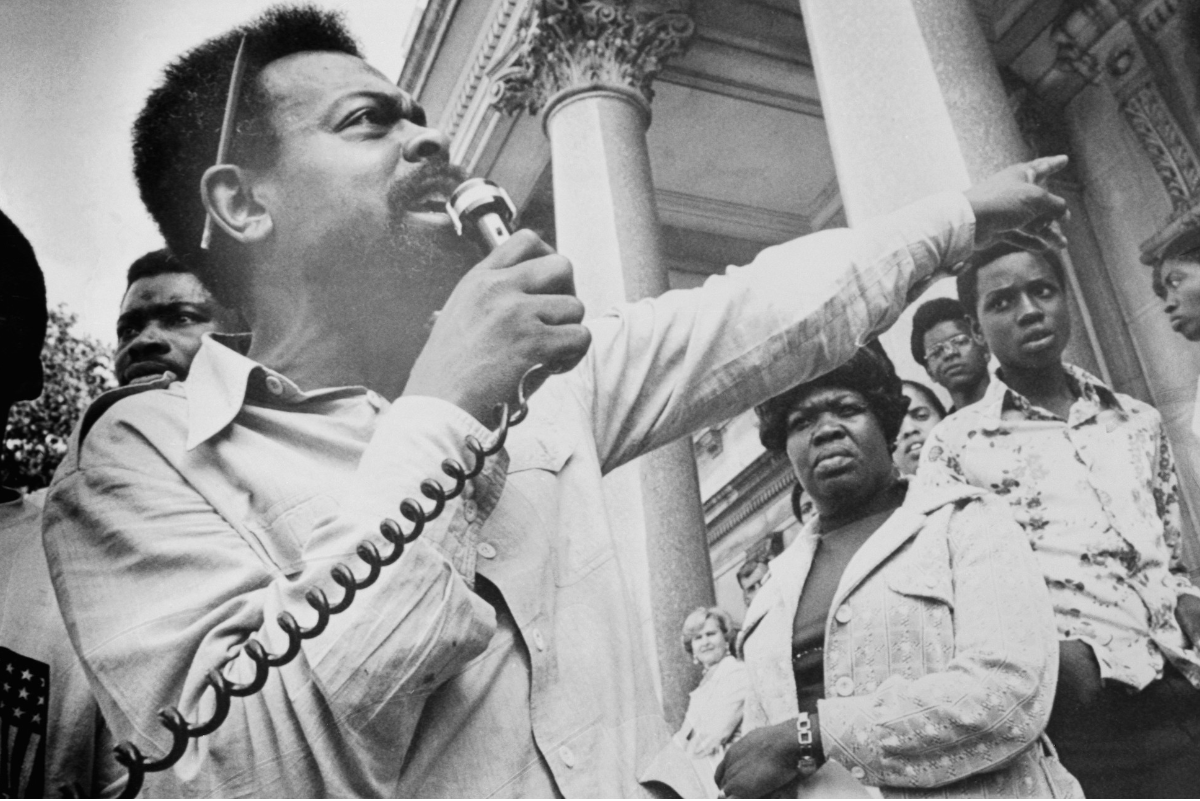
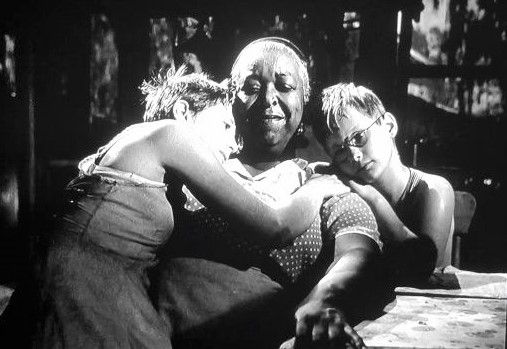
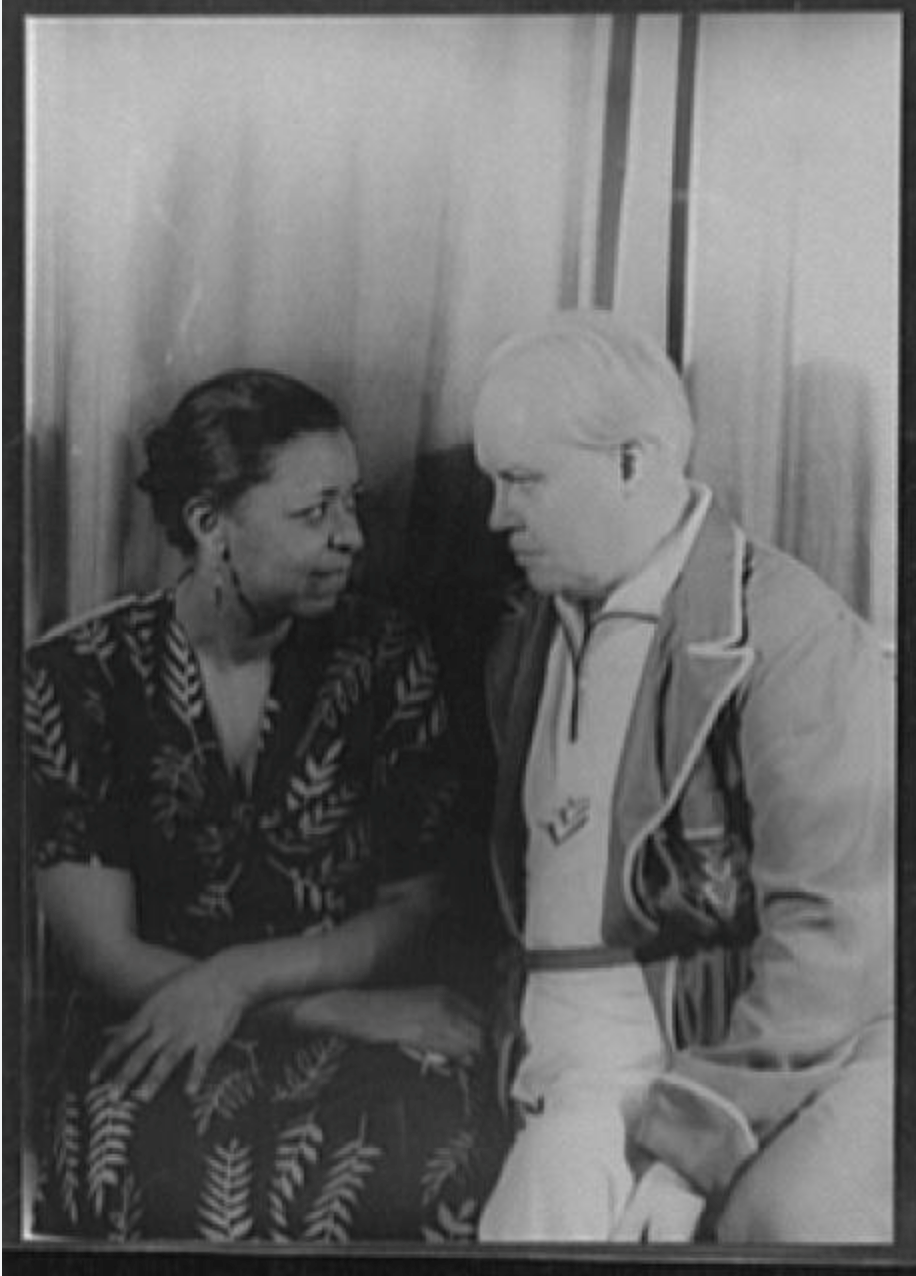
SHOGA FILMS is a 501(c) (3) non-profit production and education company. We create multimedia works around race and sexuality that are intended to raise awareness and foster critical discussion.
Contact Us
All Rights Reserved | Shoga Films
Stay Connected
Thanks for subscribing!
Please try again later.

